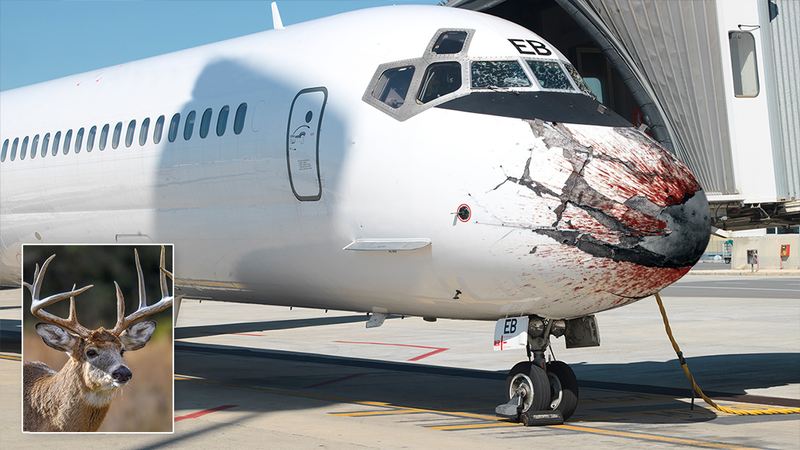Reading Time: 5 min
Fatigue. Flying at night can automatically induce sleep, and ironically, the situation only gets worse when the weather is good, the sky is smooth and you had been up since early morning. A gentle ride in a velvet sky with the smooth, even drone of an aircraft engine or two can make you want to doze off. To avoid falling asleep, consider flying shorter legs at night and filing IFR on every flight, so you’ll have someone to talk to and the possibility of being psychologically awakened when a controller says your Call sign.
Illusions
We had understood in Part 2 how our eyes work at night; it’s time to learn about certain illusions that can be hazardous during night flight. As a pilot you should already be familiar with the illusions you may experience when instrument flying, these will still be present at night. In addition, the following illusions can be experienced at night:
- Auto kinesis. The apparent wandering of an object or light, when viewed against a dark background, is called auto-kinesis. Caused by staring at a single point of light against a dark background for more than a few moments. Auto kinesis will make the light appear to move on its own either in a circle or linearly. The pilot should avoid staring at solitary light for more than few seconds and maintain a continuous scan.
- Flicker Vertigo. Flashing lights and flickering from propellers can be annoying and distracting and may cause disorientation.
- False Horizon. A sloping cloud deck may cause the pilot to adjust the aircraft’s attitude to what is perceived as the real horizon. There is a strong tendency to accept the level appearance of the clouds as true horizon especially if the horizon is indistinct as during the night. Pilots should be especially aware of this illusion when flying toward a shoreline as the dark water may make the shore lights easily confused with stars. As a result, the pilot aligns the aircraft’s nose with the shore instead of the horizon. To prevent this monitor your attitude instrument for an accurate indication of your pitch.
- Clouds. Though not an illusion, the presence of clouds on a nighttime VFR flight can be hazardous. To ensure you don’t unintentionally fly into clouds, it’s important to get a thorough pre-flight weather briefing as well as in-flight updates. If you do fly into clouds it’s important to use your instruments, not instincts, to maintain positive control of the aircraft.
- Landing Illusions. There are many different kinds of night landing illusions, many of which lead to unfavorable approaches and landings. A lower-than-normal approach is most often a result of visual obscurations such as rain, haze, or even a dark runway environment. Bright lights, steep terrain, and wide runways can produce the illusion of being too low – resulting in a higher-than-normal approach. Highway lights are easy to mistake for runway lights at night; be sure you are approaching a runway, not a highway.
- Black Hole approach. Illusion can happen when an approach to landing is performed over unlit terrain. This illusion denies the pilot, the familiar visual cues, available during the day, to estimate his distance and depth while making an approach to the runway. The task is more difficult if the approach is made over water or sea. Accidents during such an approach on a dark night occur due to the pilot making a low approach and touching down short of the runway. In such cases it has been demonstrated that the pilots tend to overestimate their approach angle, up to a factor of two.
Important Considerations.
A careful lookout on the ground and in air is critical. It is very easy to lose sight of other aircraft lights as they merge with background lights.
Speed perception is very difficult at night, and it is common to find the taxy speed building up without noticing it, consciously taxy slower than normal.
Transfer to instruments quickly after takeoff.
The horizon will probably not be visible, so attitude, speed, and direction must be maintained with reference to the airplane’s instruments.
Be safety Conscious. Be safe.
Click here to access Part 1 and Part 2.



